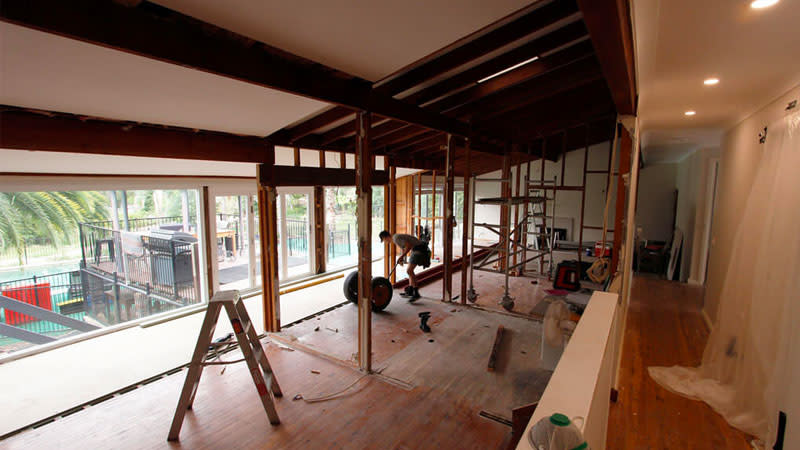
Australia’s new housing pipeline has continued to waver with the number of building approvals tumbling in March after February’s 40-per-cent spike.
The monthly -18.5 per cent decrease pulled total new approvals down to a seasonally adjusted 15,183 homes.
It mirrored January’s 30 per cent decline, when the Omicron variant affected local government staff, slowing the approval process, and defied economists’ expectations for a -15 per cent contraction.
ABS director of construction statistics Daniel Rossi said the fall in homes approved in March had been driven by private sector homes, excluding houses, which fell by -30 per cent.
As a knock on, the value of total building approved also fell by -11 per cent in March, in seasonally adjusted terms.
“Across Australia, the number of dwelling approvals fell in Victoria, Tasmania, New South Wales and South Australia while increasing in Queensland and Western Australia,” Rossi said.
Approvals for private sector houses also decreased, falling 3 per cent in March after a 14.6 per cent rise in February.
HIA economist Tom Devitt said affordability issues, land constraints and a return of overseas migrants, students and tourists would help support demand for units, townhouses and apartments throughout the year despite surging building costs.
“The shortage of rental accommodation remains the key driver for demand for new homes in this cycle,” Devitt said.
“The existing pipeline of work will keep builders busy this year and well into next year, limited by the availability of land, labour and materials.”
Rising prices from materials and labour shortages, largely due to pandemic border restrictions that impeded the flow of workers and materials, are already putting intense pressure on the construction industry.
According to Corelogic’s quarterly measure of residential construction costs, prices nationally increase by 3.8 per cent in the three months to September 2021, outpacing the consumer price index of 0.8 per cent for the same period.
Total construction sector inflation is now expected to hit 9.5 per cent over the year to June 2022, and 6 per cent over the year to December 2022.
Construction has been fuelled by massive government stimulus and record-low interest rates at a time when net overseas migration went backwards for the first time in about a century.
The booming established housing market surged by 22 per cent last year which has in turn supercharged sentiment.

Policymakers, concerned the market is overheating, have been formulating macroprudential policies to curb the tide of capital washing into housing.
On Tuesday, the central bank announced it would lift Australia’s official record low cash rate by 25 basis points to 0.35 per cent, from 0.1 per cent.
Major banks are now preparing for further rate rises with economists divided about how high interest rates will rise—from a 1.6 per cent forecast by the Commonwealth Bank to more than 3 per cent tipped by ANZ.
Westpac has tipped a 2 per cent cash rate sometime next year.
“The impact of this week’s rise in the cash rate on building approvals could take more than six months to emerge in this data set,” Devitt said.
Prime minister Scott Morrison has defended his government's credentials in the face of sharply rising inflation.
The major parties have put forward policies in the lead up to the federal election, aimed at addressing supply concerns and affordability issues to help people into the property market.
Morrison has been talking up the Coalition’s existing Home Guarantee scheme launched in 2020 and which provides 50,000 eligible Australians each year the opportunity to secure a mortgage with a deposit as low as 5 per cent.
The ALP leader Anthony Albanese recently unveiled the party’s new “Help to Buy” scheme for 10,000 eligible middle-income homebuyers which would allow the government to purchase up to 40 per cent of the equity in the house.
However, NHFIC has argued that, despite both policies, Australia is heading for a housing supply crunch with fresh demand set to again outpace supply within a few years.
Almost 120,000 detached homes and 66,000 medium-density units will be added to housing stock each year between 2021-22 to 2022-23, but NHFIC asserts this is the bare minimum required.
With net overseas migration set to fully recover to pre-pandemic levels of about 235,000 by 2024-25, household formation is expected to outpace new housing supply by a cumulative 163,400 to 2032.